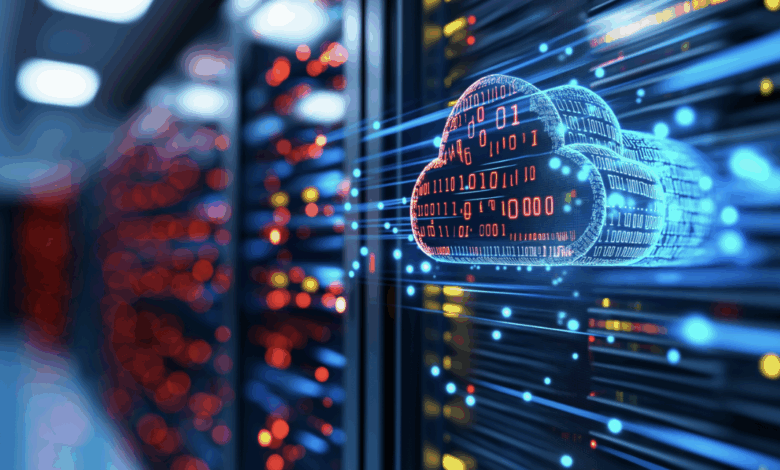
Since the 1990s, the evolution of the Graphics Processing Unit (GPU) has mirrored the trajectory of modern computing itself. What began as a specialized tool for rendering 3D graphics in gaming and visualization has transformed into the computational engine behind the artificial intelligence revolution.
Early GPUs like the NVIDIA RIVA 128 and the GeForce 256 laid the groundwork, with the latter often credited as the first true GPU. These early innovations were focused on offloading rendering tasks from CPUs, but the 2000s brought a paradigm shift. The introduction of programmable shaders and the rise of general-purpose computing on GPUs (GPGPU) opened new frontiers.
NVIDIA’s launch of CUDA in 2006 was a watershed moment, enabling developers to leverage GPU power for scientific computing, simulations, and eventually, machine learning. By the 2010s, GPUs had become indispensable to deep learning.
The Tesla and A100 series powered the training of foundational models like AlexNet, BERT, and GPT-3. However, as model complexity and size exploded—reaching hundreds of billions of parameters—the limitations of existing hardware became increasingly apparent. The demand for a new class of GPU, one capable of supporting the next generation of AI models with greater efficiency and scalability, became urgent.
NVIDIA B200: Engineered to support the most demanding AI workloads
Enter the NVIDIA B200. Built on the Blackwell architecture, the B200 is not merely an upgrade, it is a reimagining of what a GPU can be. It is engineered to support the most demanding AI workloads, including transformer-based models like GPT-4, LLaMA 3, Claude 3, and Gemini 1.5; multimodal systems such as OpenAI’s Sora and Google’s Gemini Vision; diffusion models like Stable Diffusion and Midjourney; and reinforcement learning agents including AlphaFold and OpenAI Five.
The B200’s architecture is purpose-built for these workloads, offering massive memory bandwidth through next generation HBM3e memory, advanced interconnects via NVLink 5.0 and PCIe Gen5, and support for FP8 precision, which accelerates training and inference without compromising accuracy. Its Unified Transformer Engine is specifically optimized for transformer models, accelerating attention mechanisms and matrix operations that are central to modern AI.
Energy consumption: the most pressing challenge of the AI age
Beyond raw performance, the B200 addresses one of the most pressing challenges facing the AI industry today: energy consumption. As data centers scale to meet the demands of AI, their energy footprint has become a growing concern.
The B200 rises to this challenge with a design that prioritizes energy efficiency without sacrificing capability. It delivers up to 2.5 times better performance per watt compared to its predecessor, the H100. Dynamic power scaling allows the B200 to intelligently manage power based on workload demands, reducing idle consumption and optimizing thermal output.
When deployed in NVIDIA’s DGX SuperPODs, the B200 contributes to a 30% reduction in overall data center energy usage. This is not just a technical achievement, it’s is a strategic imperative. With global data center energy consumption projected to exceed 1,000 terawatt-hours by 2030, innovations like the B200 are essential to ensuring that AI growth aligns with global sustainability goals.
The practical benefits and cost savings
The practical benefits of the B200 for AI practitioners are profound. Training cycles that once took weeks can now be completed in days, accelerating research and development timelines. Inference latency is dramatically reduced, enabling real-time applications in fields such as autonomous driving, robotics, and conversational AI.
Moreover, the B200’s energy efficiency and scalability translate into lower total cost of ownership, making it a compelling choice for enterprises seeking to optimize both performance and operational costs. This new era of AI infrastructure is being shaped not only by hardware innovation but also by visionary leadership.
Since the data infrastructure of the 1990s, the data center model has evolved to provide scalable hosting solutions. Now, GPU-as-a-Service (GPUaaS) and bare metal offerings mark the democratization of AI compute.
As tech giants dominate supply chains and build massive data centers, innovative start-ups and SMEs are leveling the playing field by offering on-demand access to cutting-edge GPUs like the B200, with rates as low as $2.41 per hour. This model empowers startups, researchers, and developers to access the same infrastructure as the largest AI labs, without the capital burden of owning hardware. Deep vendor relationships, agile provisioning, and a service-oriented approach, ensures customers can scale compute resources in real time, reduce procurement delays, and focus entirely on building and deploying AI models.
Bare metal offerings provide the raw power and control needed for high-performance workloads, while GPUaaS platforms offer flexibility and cost-efficiency that traditional infrastructure cannot match.
Looking ahead, the B200 represents more than a technological milestone. It’s a blueprint for the future of AI infrastructure. As models become more complex and ubiquitous, the need for scalable, efficient, and sustainable compute will only intensify. We can anticipate tighter integration between AI and hardware design, a greater emphasis on energy-aware model architectures, and the expansion of edge AI powered by B200-class efficiency.
In this context, the NVIDIA B200 and GPUaaS and bare metal infrastructure form a powerful alliance. Together, they empower researchers, developers, and enterprises to push the boundaries of what’s possible while addressing the urgent need for more intelligent and energy-conscious computing. As we stand at the threshold of this new era, the B200 offers a glimpse into a future where AI is not only more powerful but also more sustainable, where access to that power is no longer limited to the few but available to all.





